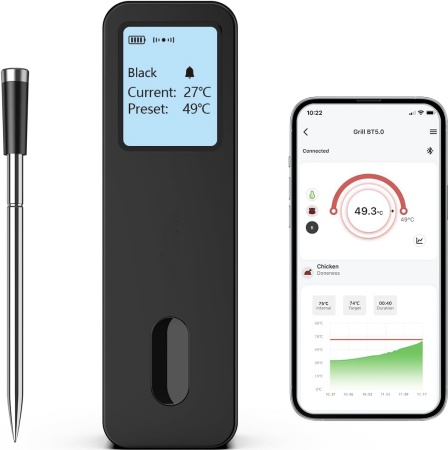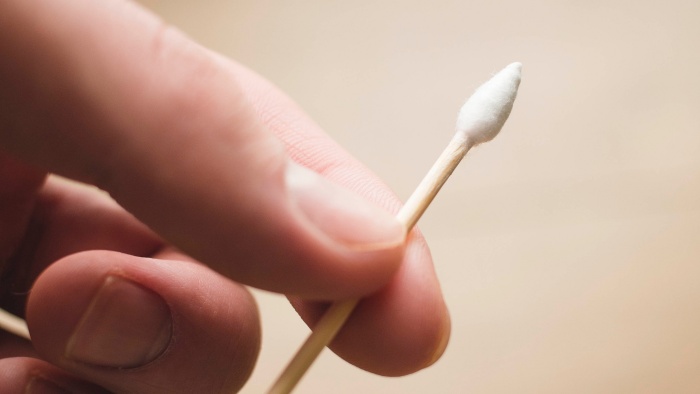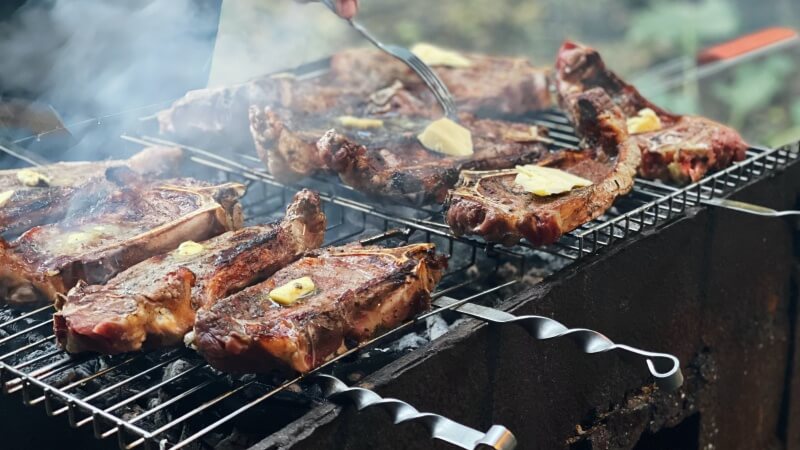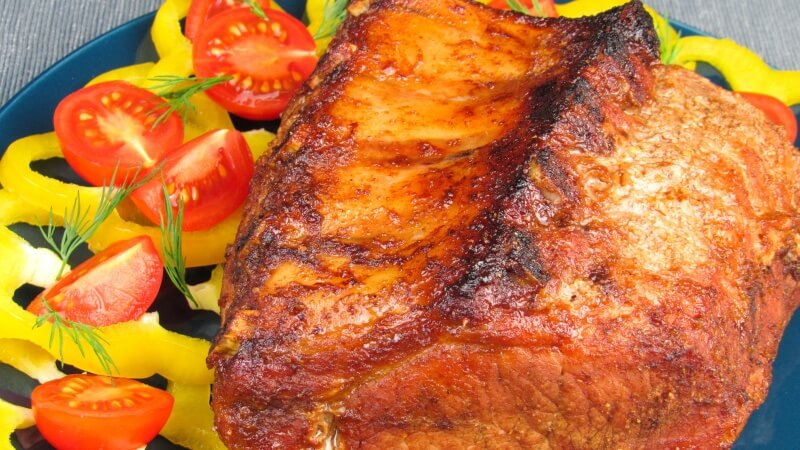
How To Enhance Your DIY Meat Probe with Voice Control Features
Every culinary enthusiast knows the importance of a perfectly cooked steak, and that’s where a meat probe comes in handy. But what if we could

Every chef knows the frustration of a meat probe that’s seen better days. This essential tool in your culinary arsenal is key for perfectly cooked meals, but it’s prone to wear and tear.
Let’s explore how to maintain your meat probe effectively, ensuring it remains a reliable partner in your cooking adventures for years to come.
Knowing the build and typical weak points of your meat probe is crucial in preventing damage. Familiarizing yourself with its structure helps identify potential areas of wear and guides you in proper maintenance.
Meat probes come in various forms, such as digital and traditional models.

Digital probes offer advanced features like instant readouts and Bluetooth connectivity, often with a sensitive electronic interface. Traditional probes, usually without electronic components, are simpler but still require care.
The metal rod, a common feature in all types, is prone to wear, especially at points of frequent contact with meat or other surfaces during use.
The most common areas of wear on a meat probe are the tip and the point where the metal rod meets the handle or the digital display. These areas are frequently subjected to stress during use, making them vulnerable to damage over time.
The tip, being the part that penetrates the meat, is often exposed to high heat and moisture, accelerating wear. The joint area, especially in probes with folding mechanisms, is subject to mechanical stress, which can lead to loosening or wear of the components over time.
Proper handling is vital for prolonging the life of your meat probe. Understanding how to use it correctly can prevent many common forms of damage and ensure accurate readings.
When using a meat probe, it’s important to insert and remove it from meat with care. Avoid jabbing or twisting the probe, as these actions can bend or damage the tip.
Instead, gently push the probe straight into the meat, stopping once the tip reaches the center or the thickest part.
When removing, pull it out straight without bending. For digital probes, ensure that the electronic components are not exposed to high heat, as this can cause malfunction or damage.
Never use the meat probe as a tool for other purposes, like prying or cutting. Misusing the probe in this manner can cause immediate damage or weaken its structure over time.
Additionally, avoid dropping the probe, as the impact can damage both the internal components and the external structure.
Do not leave the probe inside an oven or grill for longer than necessary, as prolonged exposure to high temperatures can damage electronic components in digital probes or warp the metal in traditional ones.
Regular upkeep is essential for keeping your meat probe in good working condition. Simple yet effective cleaning and maintenance routines can significantly extend the life of your probe.
Clean your meat probe using mild detergents and soft cleaning tools. Avoid abrasive materials that can scratch the surface.
Ensure the probe is thoroughly dried after cleaning to prevent moisture-related damage. For digital probes, use a damp cloth to wipe the handle and avoid getting water into any openings or electronic parts. If necessary, use a cotton swab to clean hard-to-reach areas.

Regularly clean the probe tip with warm, soapy water and dry it immediately to prevent any buildup of grease or food residue, which can corrode the metal over time.
Regularly inspect your meat probe for any signs of wear, especially around the tip and joint areas. Addressing small issues early can prevent more significant damage down the line.
Check for any loose parts, especially in folding probes, and tighten them as necessary. Look for any signs of corrosion or rust, particularly on the metal rod, and clean it promptly.
Test the accuracy of your probe regularly, using a reference like boiling water, to ensure it still provides correct readings. Keeping up with these routine checks will not only extend the life of your probe but also maintain its performance and accuracy.
How you store your meat probe can significantly impact its longevity. Proper storage techniques and protective measures play a crucial role in preserving its condition.
Store your meat probe in a dry, safe place. Using a protective case or cover can shield it from physical and environmental harm. Avoid storing the probe in crowded drawers where it can be jostled or bent.
If your probe is digital, consider removing the batteries during extended periods of non-use to prevent battery leakage. Keep the probe away from direct sunlight and extreme temperatures, as prolonged exposure can damage both its external and internal components.
Keep your meat probe away from harsh chemicals and environments with high humidity. Exposure to these elements can accelerate wear and reduce the probe’s lifespan.
Do not use harsh chemical cleaners or solvents on your probe, as they can corrode the metal and damage electronic components.
If using a dishwasher to clean your probe, ensure it is dishwasher-safe and place it in a secure position to avoid movement during the wash cycle, which can lead to mechanical damage.
Knowing when and what to look for in a new meat probe is just as important as maintenance. Choosing the right replacement can ensure long-term satisfaction and accurate cooking results.
When purchasing a meat probe, opt for models known for their durability and quality. Look for probes made from high-grade stainless steel or other corrosion-resistant materials.
Consider features like waterproofness, especially for digital models, which can enhance durability.
Read product reviews and research the brand’s reputation for quality. A higher initial investment in a quality probe can save money in the long run by reducing the need for frequent replacements.
If your meat probe consistently shows signs of inaccurate readings or physical damage, it may be time for a replacement. Inaccurate readings can lead to undercooked or overcooked food, which is not only a culinary disappointment but also a health risk.
Look for signs of severe wear, such as deep scratches, significant bending, or corrosion, that could impact the probe’s performance. If repairing the probe is not feasible or cost-effective, investing in a new one is the best course of action.

Taking care of your meat probe is not just about preserving a tool; it’s about ensuring your culinary creations come out perfectly every time.
Proper usage, regular maintenance, and correct storage are key to preventing wear and tear. Remember, a well-maintained meat probe is a chef’s best ally in achieving culinary excellence.
Keep these tips in mind, and your meat probe will remain a dependable part of your kitchen for many meals to come.


Every culinary enthusiast knows the importance of a perfectly cooked steak, and that’s where a meat probe comes in handy. But what if we could

When it comes to cooking perfection, a meat probe is an indispensable tool for any chef or home cook. But in the world of meat

The moment you bring a meat probe into your kitchen, it’s not just about cooking anymore; it’s about precision, about transforming an ordinary meal into

Ever questioned if a meat probe could be your secret weapon for the perfect roast chicken? It’s a culinary showdown: the precision of a meat

Every culinary enthusiast knows the importance of a perfectly cooked steak, and that’s where a meat probe comes in handy. But what if we could

When it comes to cooking perfection, a meat probe is an indispensable tool for any chef or home cook. But in the world of meat

The moment you bring a meat probe into your kitchen, it’s not just about cooking anymore; it’s about precision, about transforming an ordinary meal into

Ever questioned if a meat probe could be your secret weapon for the perfect roast chicken? It’s a culinary showdown: the precision of a meat
Copyright © 2024 meaterprobe. All Rights Reserved.